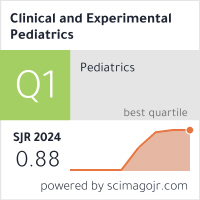|
|
Hand, foot, and mouth disease (HFMD) is an acute, mostly self-limiting infection. Patients usually recover without any sequelae. However, a few cases are life threatening, especially those caused by enterovirus 71 (EV71). A 12-month-old boy was admitted to a primary hospital with high fever and vesicular lesions of the mouth, hands, and feet. After 3 days, he experienced 3 seizure... |




